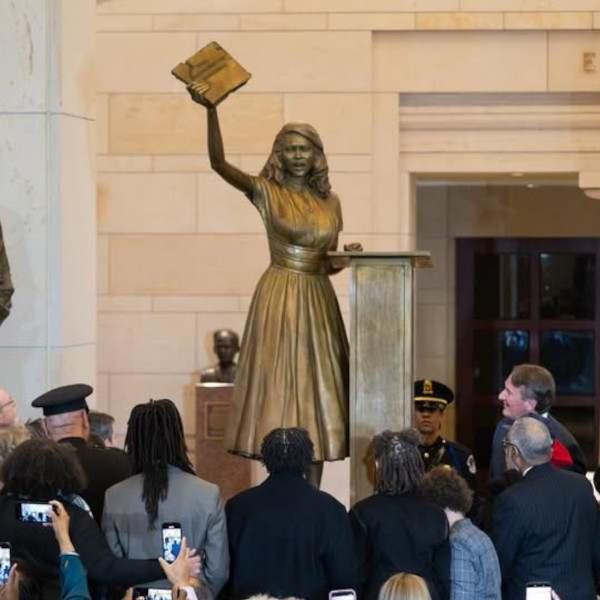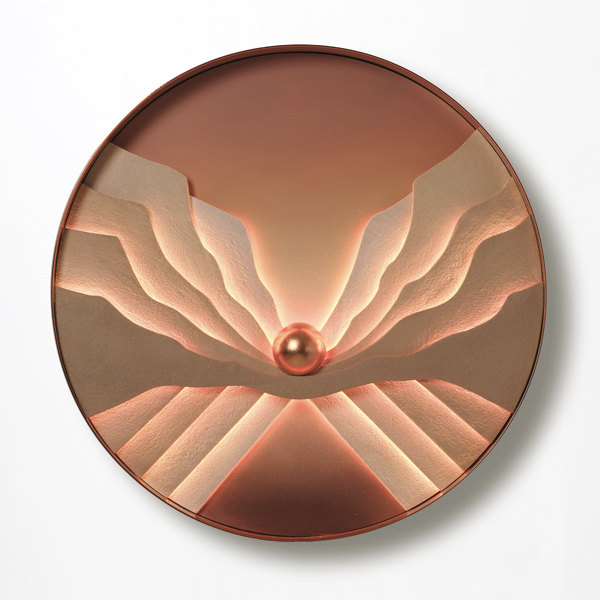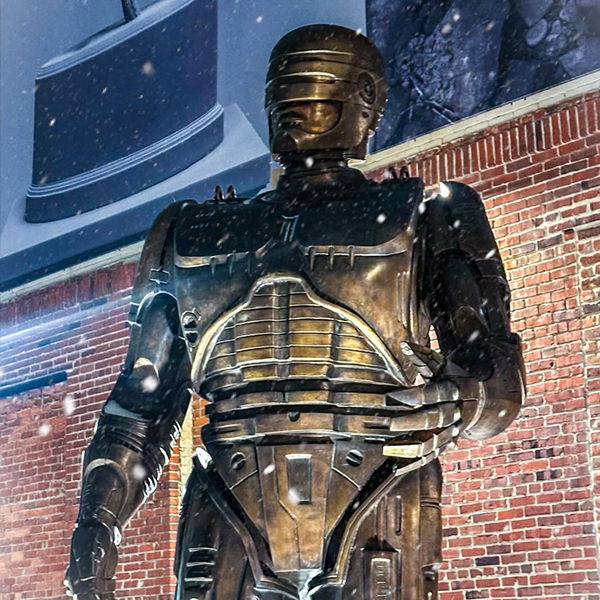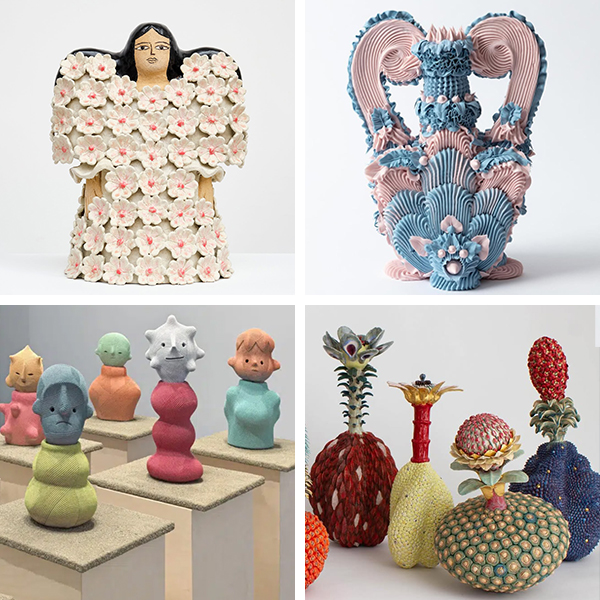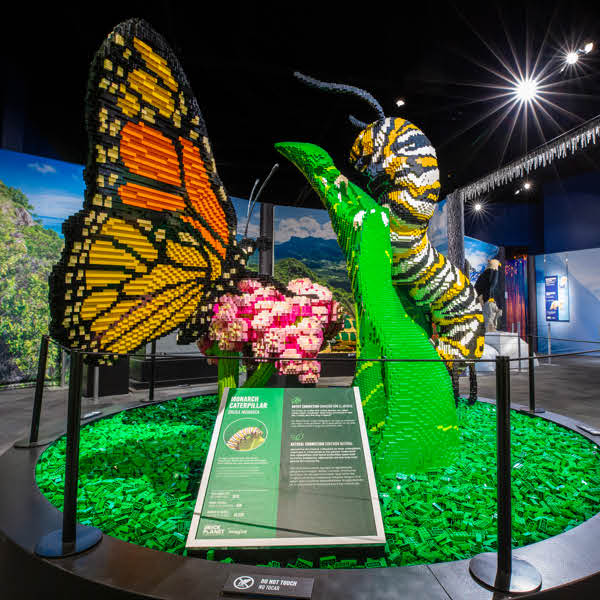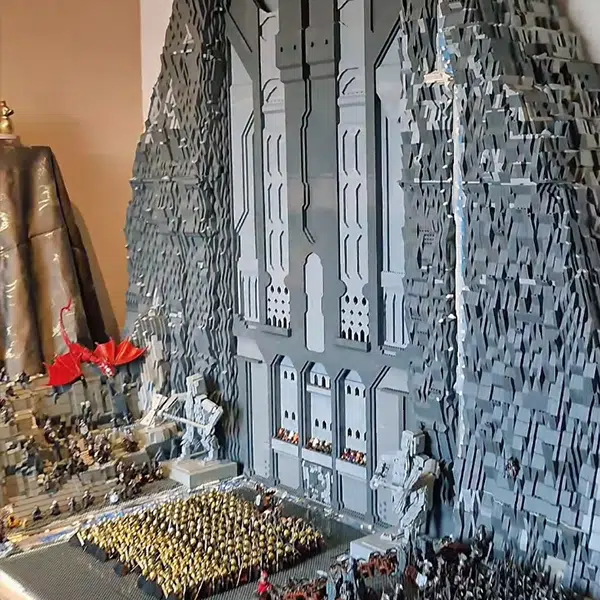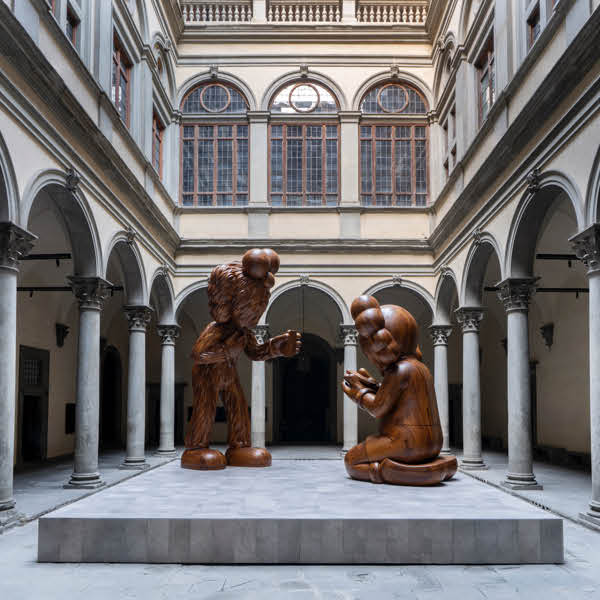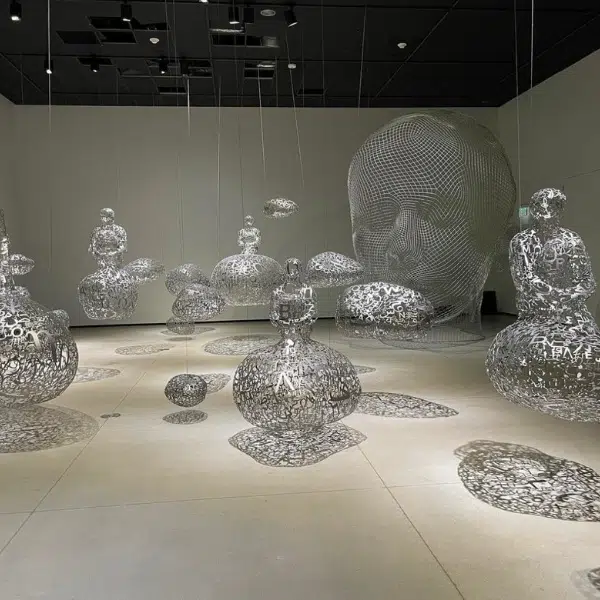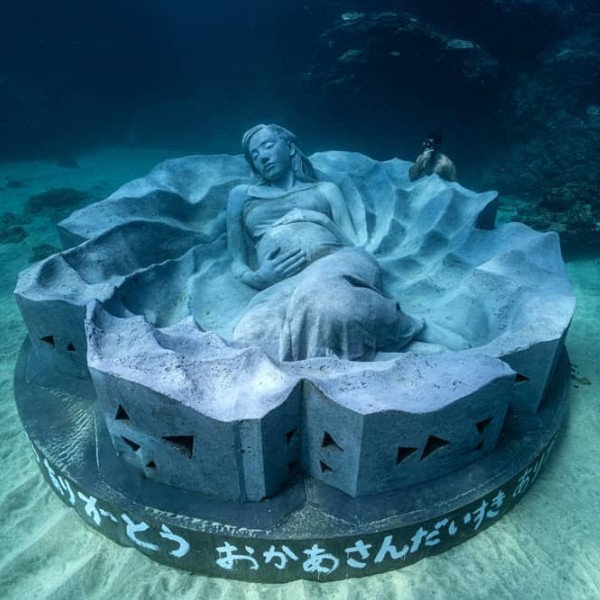
“Self” (1991)
Like many artists, Marc Quinn explores the notion of self through portraiture. But his self-portraiture offers an unexpected—and squeamish—twist to the genre. In his 1991 sculpture titled Self, he began to use his body as raw material for the piece. He made a cast of his own head and filled it with 10 pints of his blood immersed in frozen silicone. To keep the piece in a solid state, its temperature is maintained at -0.4°F (-18°C).
Self portraits are a way for an artist to chronicle a period in their life—good or bad. In following this tradition, Quinn’s Self functions in the same way. It was first created during a time in the artist’s life when he was an alcoholic, and dependency is a theme in both the making and maintaining of the piece. “Of things needing to be plugged in or connected to something to survive,” Quinn writes, “is apparent since the work needs electricity to retain its frozen appearance.” Without power, the sculptures would melt.
A new Self sculpture was created every five years for 20 years. As a whole, the series demonstrates how life changes and how we seek to find meaning in it during our short time on Earth.
In 2009, the portraits were exhibited in a show aptly titled Selfs. Quinn views his Self sculptures as a “direct” form of an artist's statement. “It depends on my life to be created,” he states, “it’s made from the substance of me; and so I think of it as the purest form of sculpture to sculpt your own body, from your own body.”
In his sculpture series titled Self, artist Marc Quinn creates self portraits using his own blood.
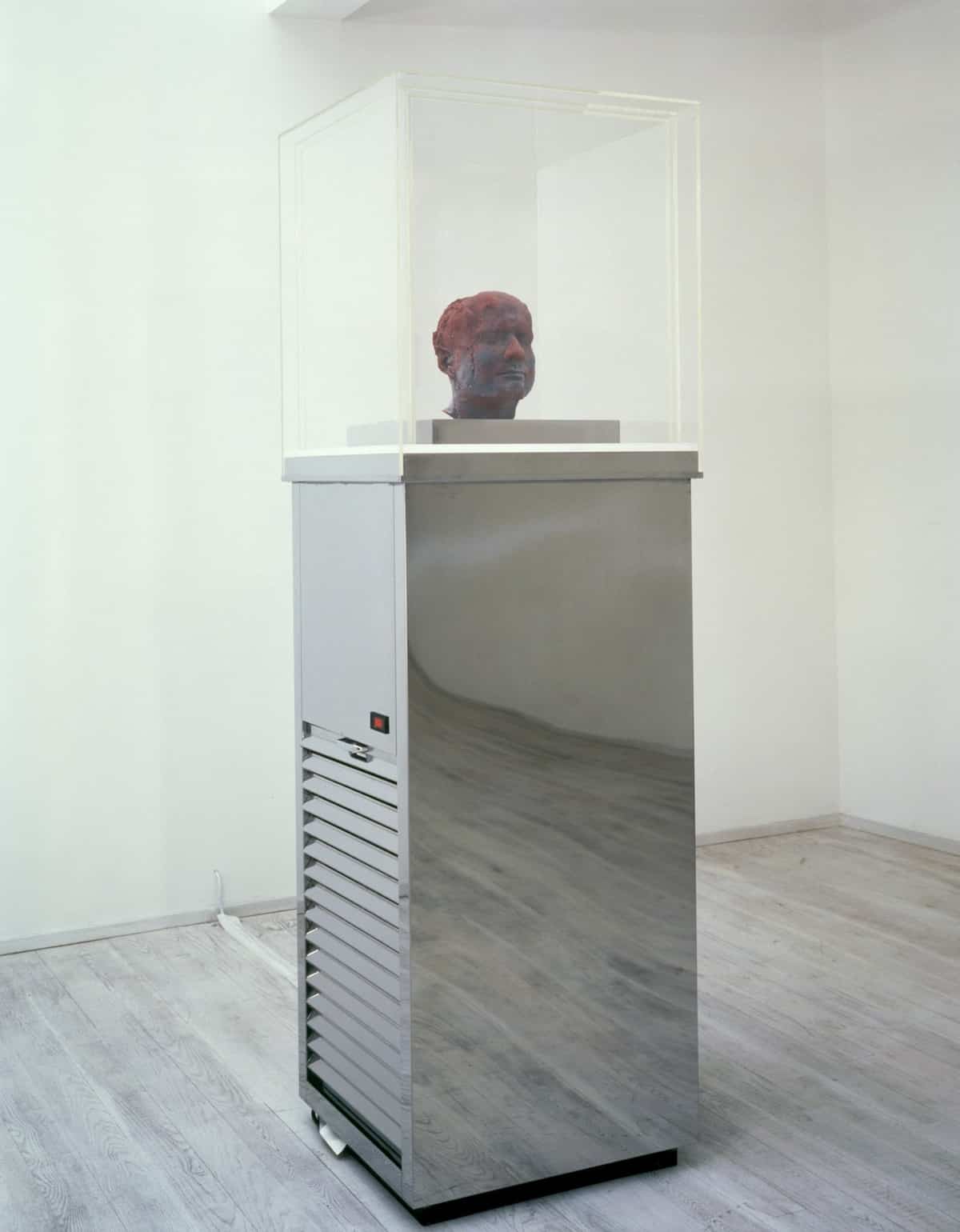
“Self” (1991)
The sculptures feature 10 pints of blood.
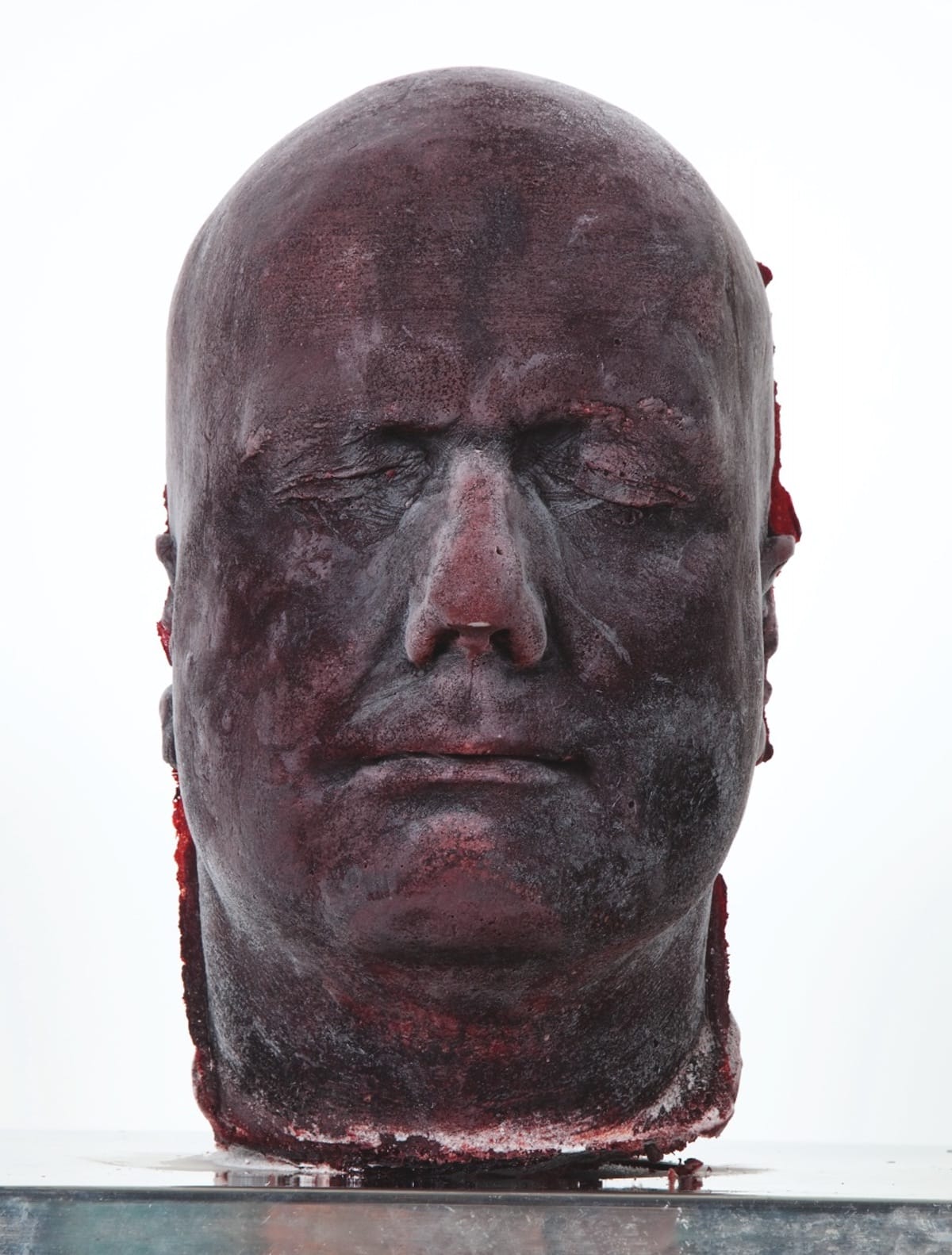
“Self” (1996)
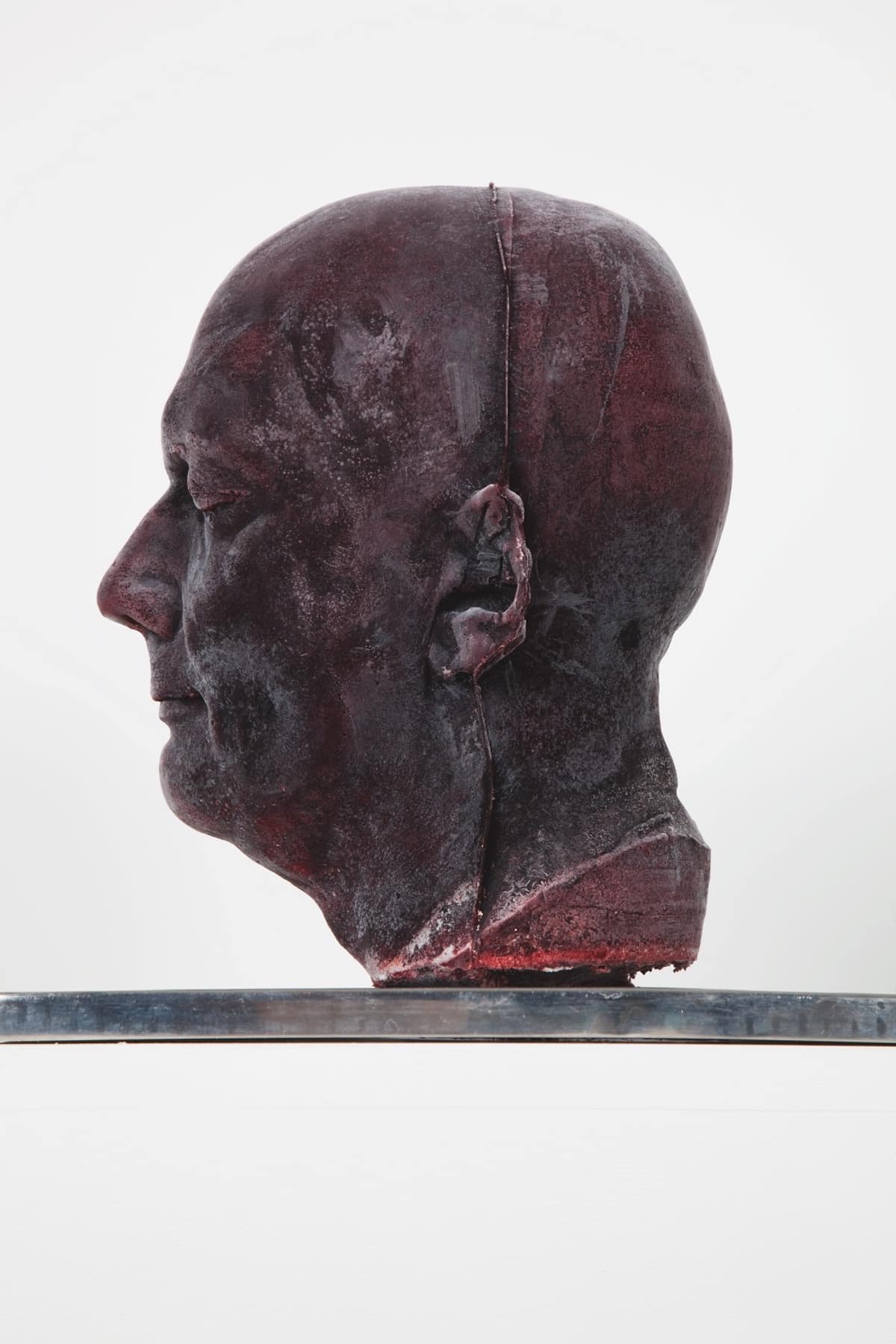
“Self” (1996)
To keep the piece in a solid state, its temperature is maintained at -0.4°F (-18°C).

“Self” (2001)
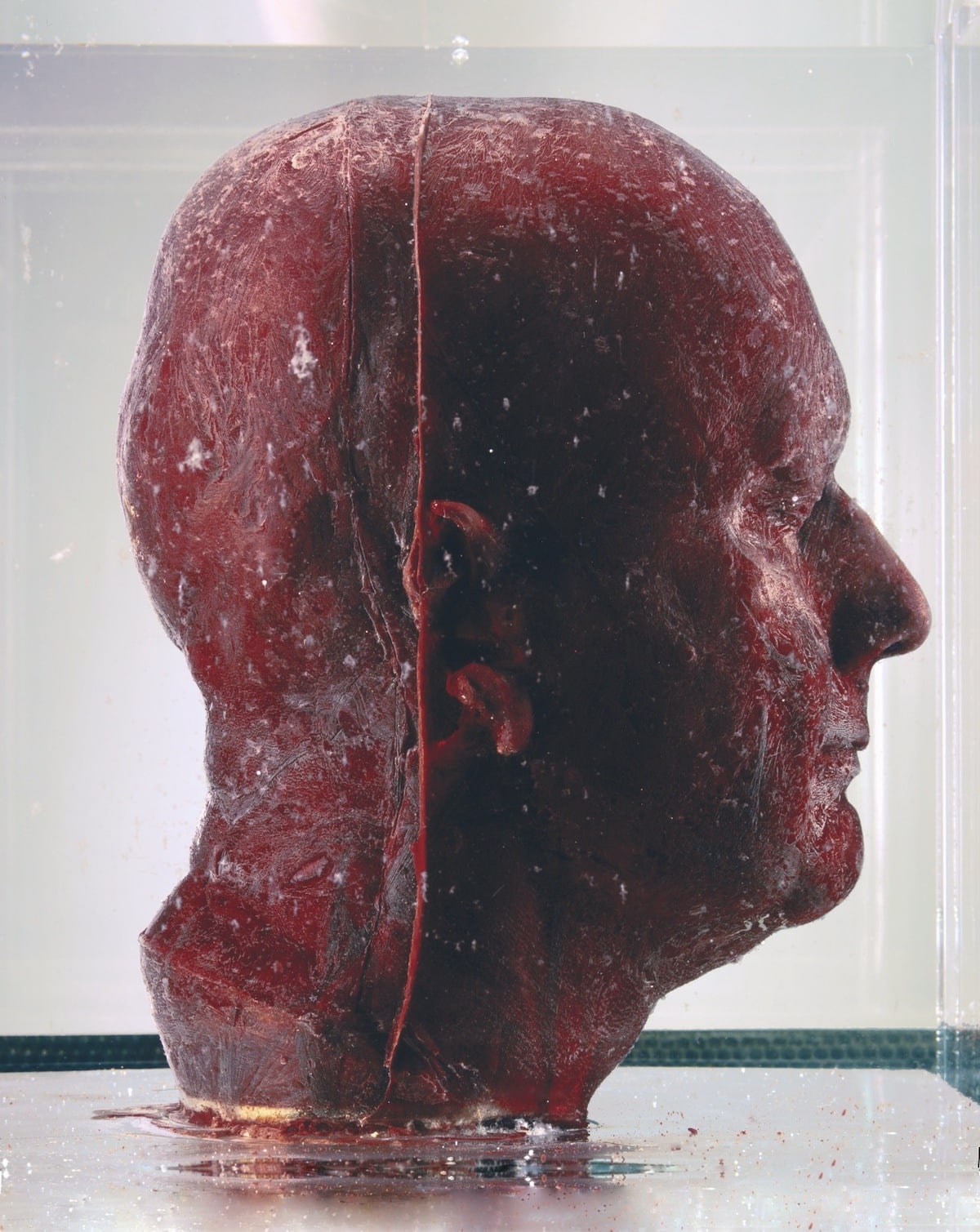
“Self” (2001)
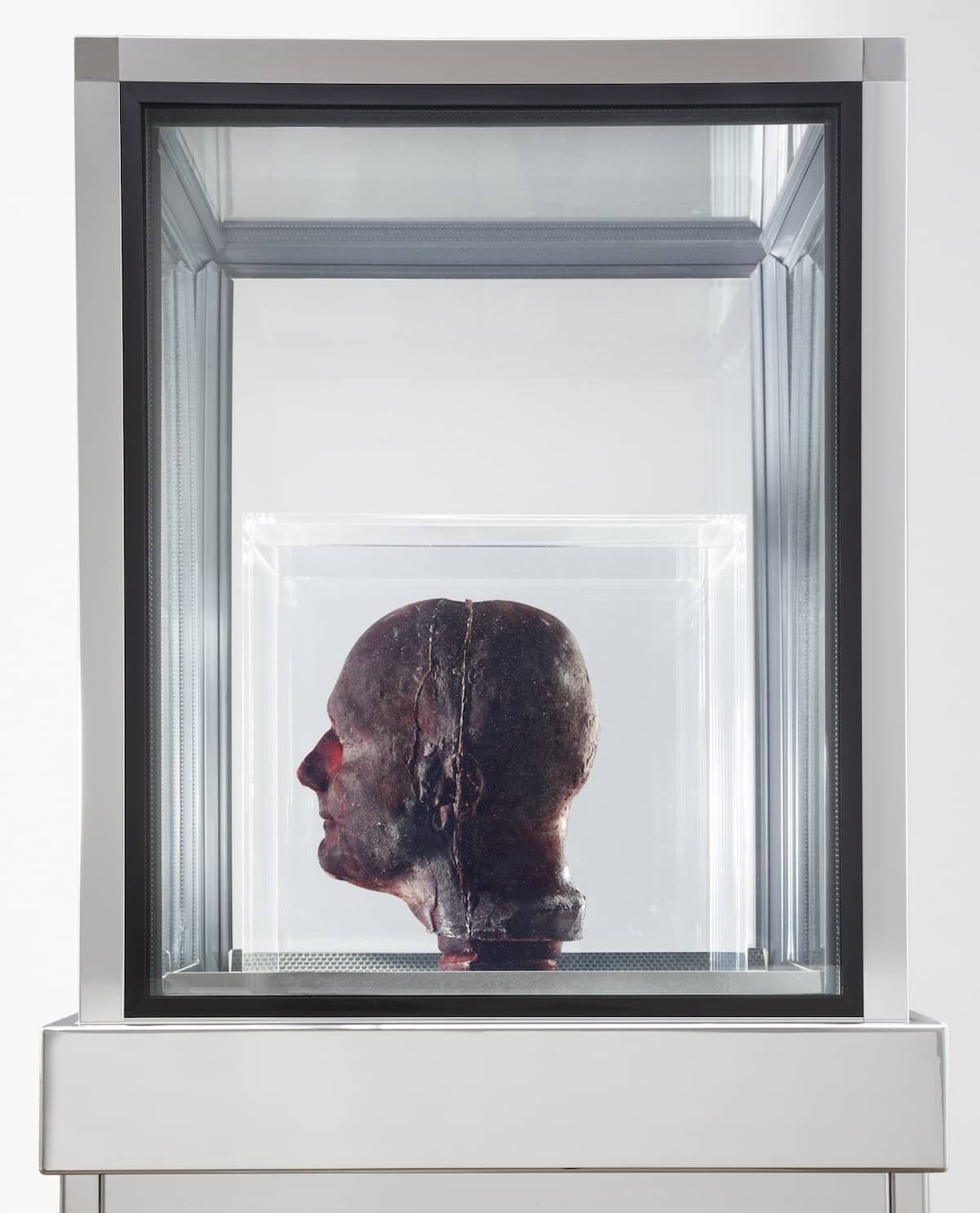
“Self” (2001)
A new Self sculpture was created every five years for 20 years.

“Self” (2006)
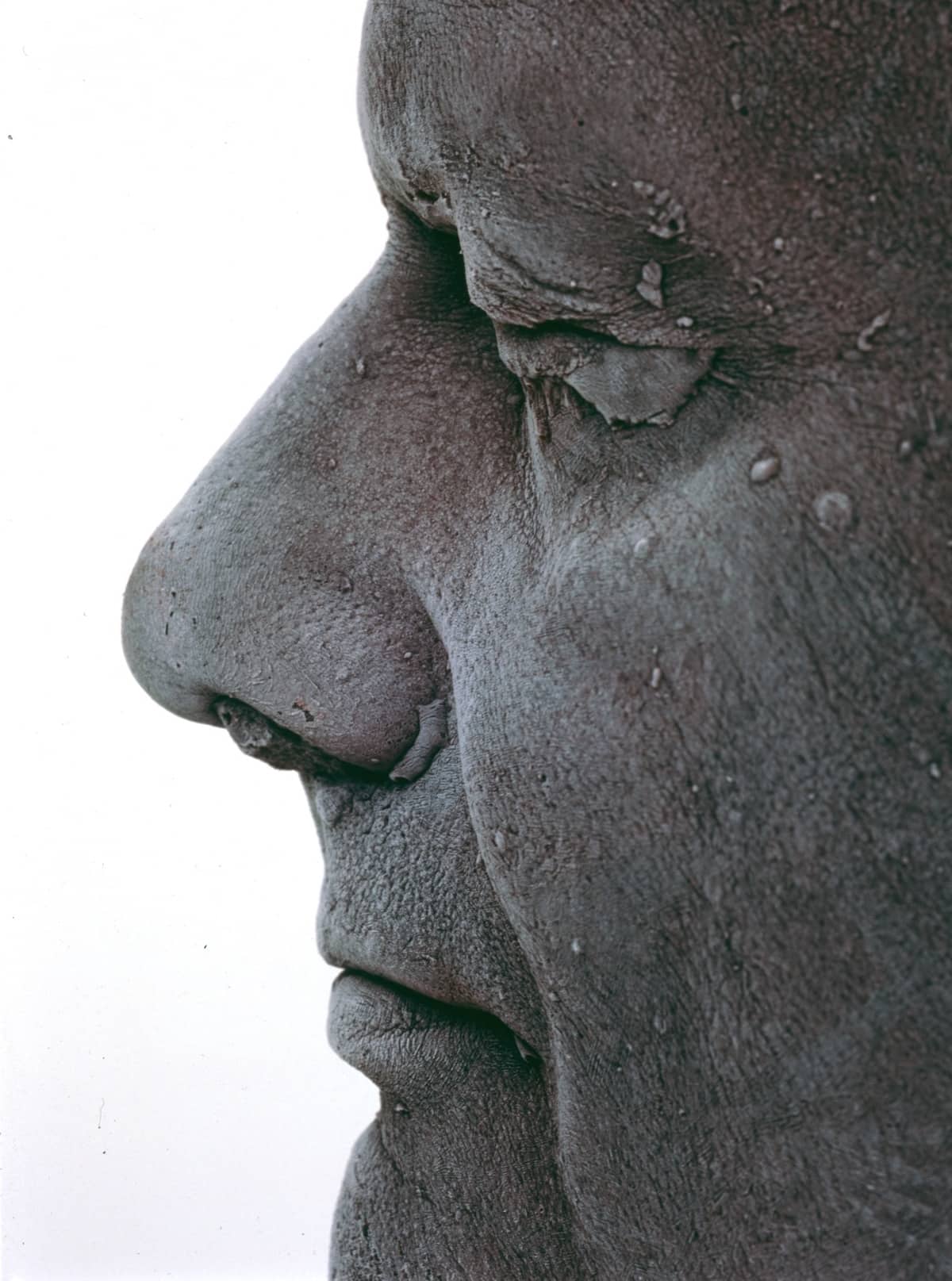
“Self” (2006)
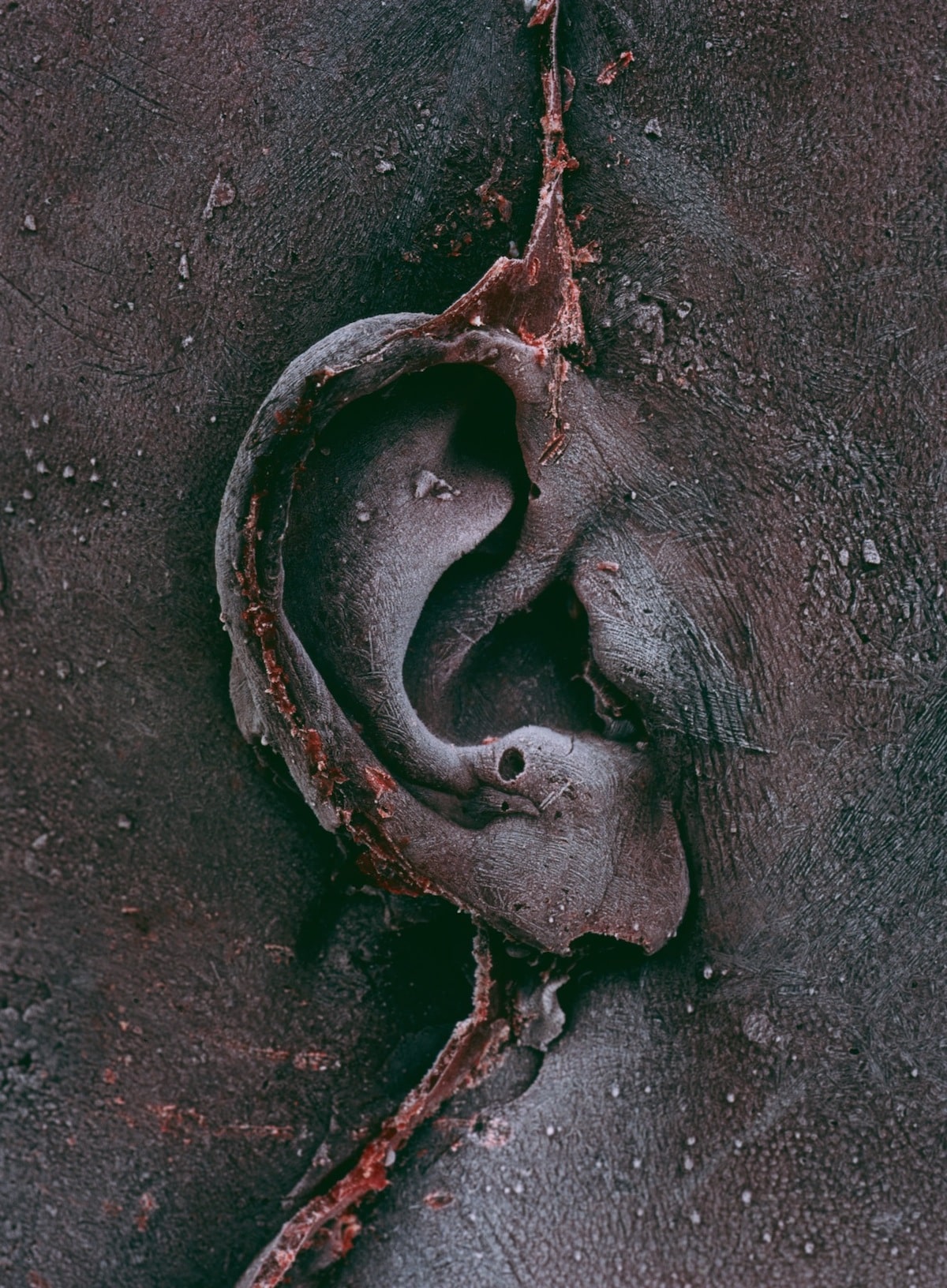
“Self” (2006)
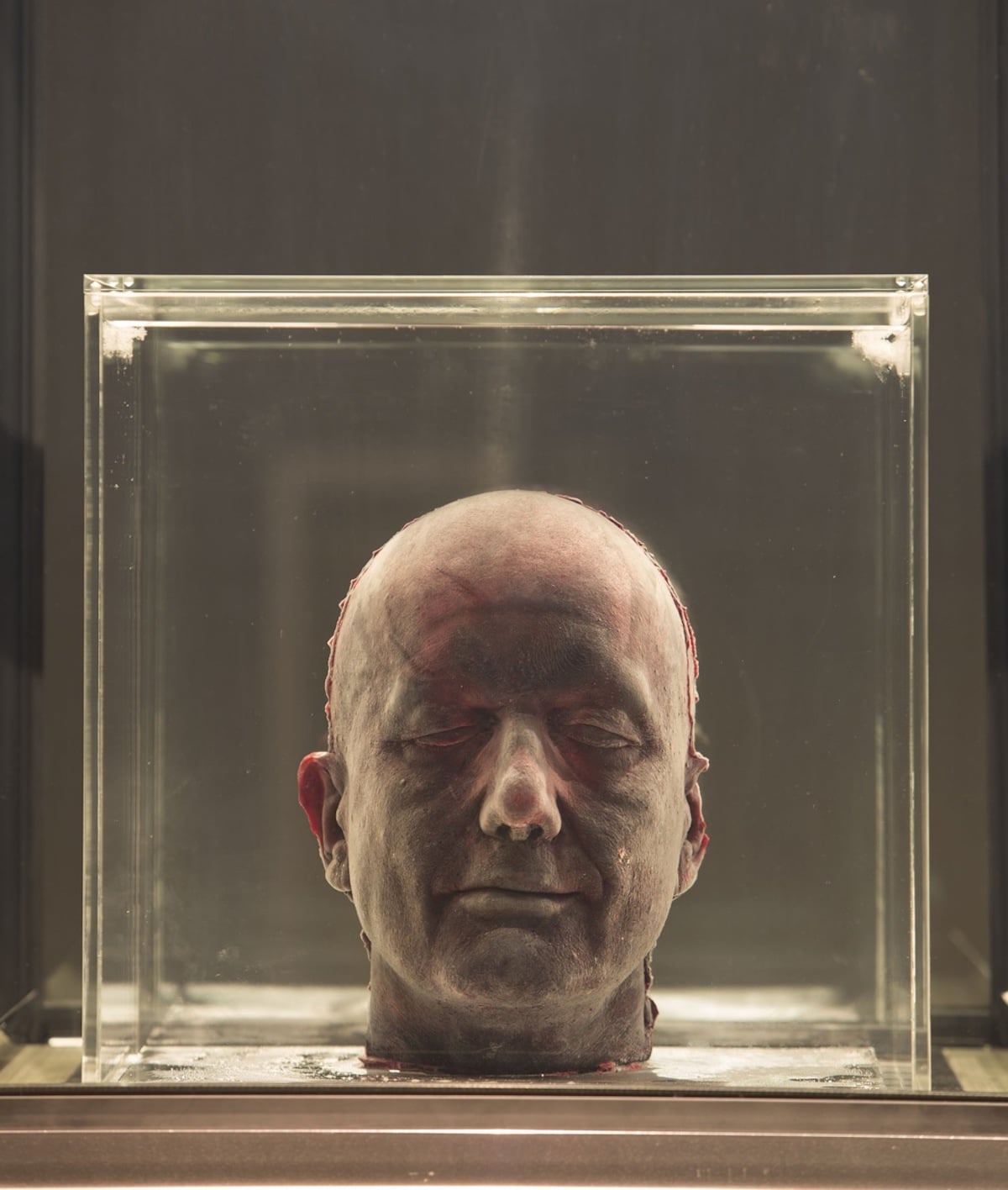
“Self” (2011)
In 2009, the portraits were exhibited in a show aptly titled Selfs.
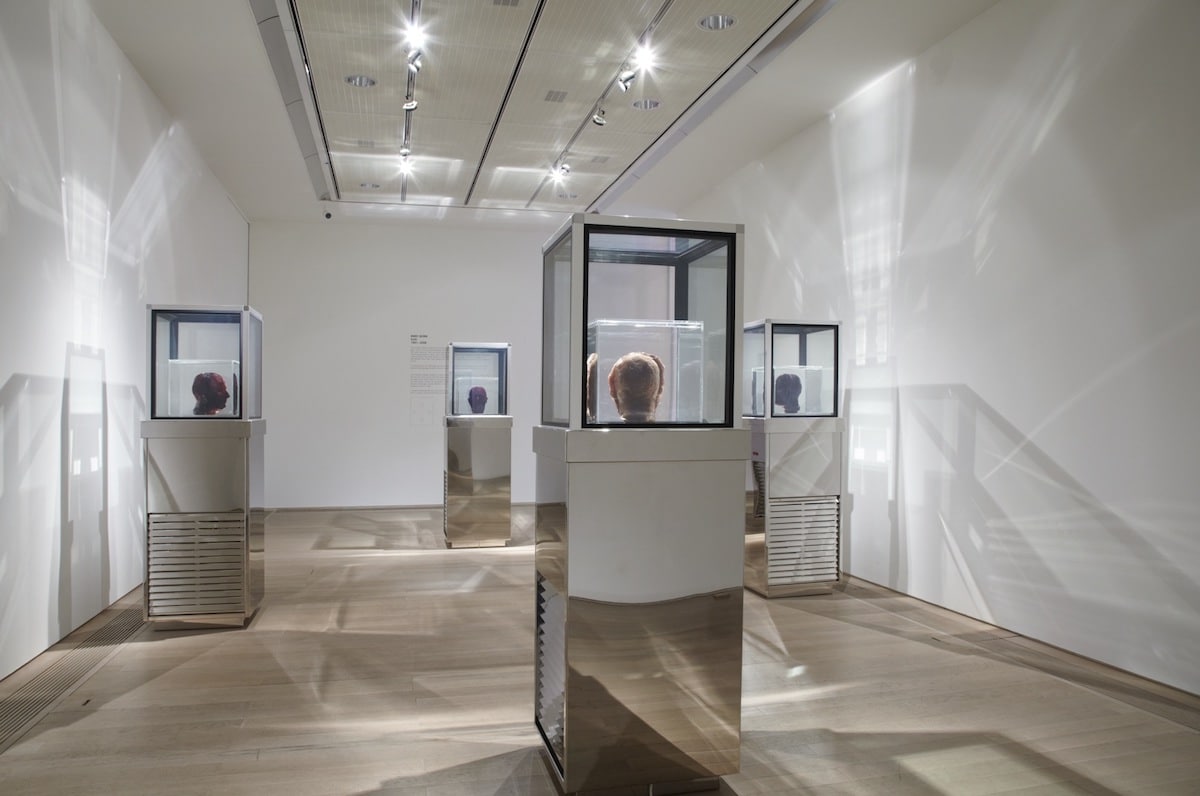
“Selfs” Exhibition in 2009













































































